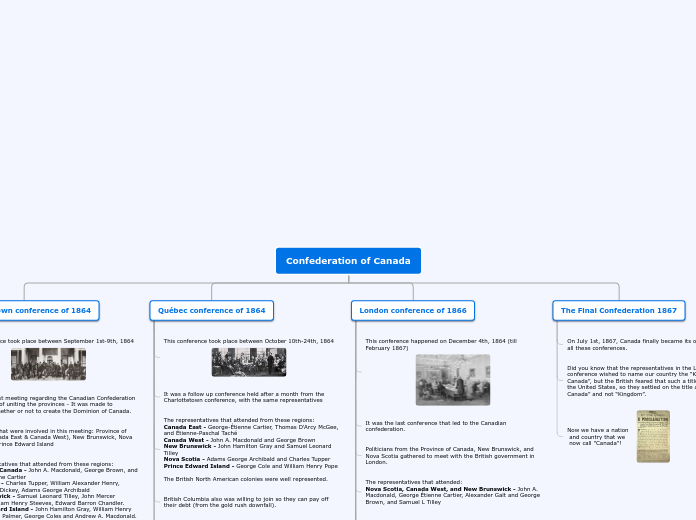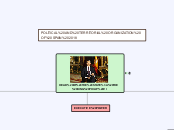von Sara Syed Vor 5 Jahren
306
Tree organigram
The Charlottetown Conference of 1864 was the inaugural meeting to discuss the Canadian Confederation, with the primary aim of uniting various provinces into the Dominion of Canada. The Province of Canada, New Brunswick, Nova Scotia, and Prince Edward Island were the regions involved, with delegates such as John A.









